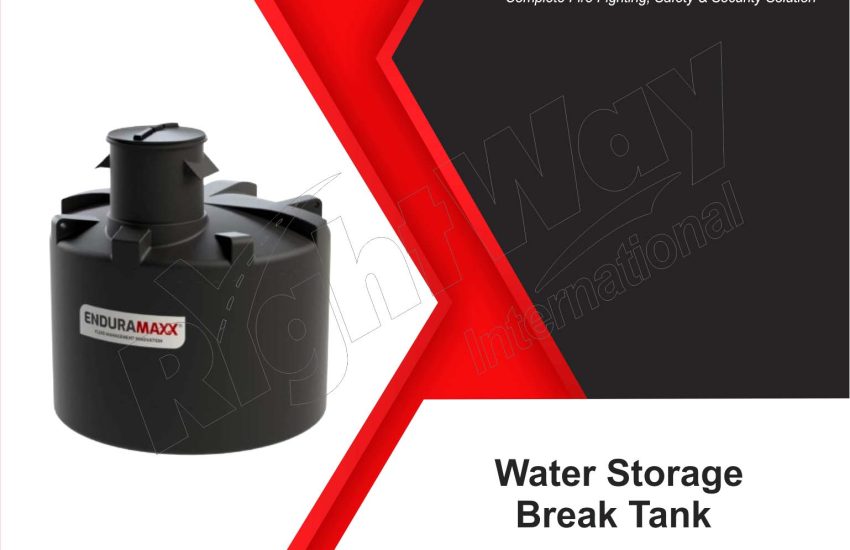Water Storage Break Tank are crucial components in modern water management systems. These tanks are designed to store water temporarily before it is distributed to various applications, ensuring a steady supply and preventing system overloads. In this article, we will explore the features, benefits, and installation of water storage break tanks, while incorporating essential keywords to enhance SEO performance.
What is a Water Storage Break Tank?
A water storage break tank acts as an intermediary reservoir that separates the water supply from the main distribution network. It serves multiple purposes, including:
- Regulating Water Flow: Prevents backflow and helps maintain consistent water pressure.
- Storing Water: Provides a buffer during peak demand times or supply disruptions.
- Enhancing Water Quality: Allows for sedimentation and reduces the risk of contamination.
Key Features of Water Storage Break Tanks
When selecting a water storage break tank, consider the following features:
- Material Composition: Tanks are typically made from high-quality materials such as polyethylene, fiberglass, or steel to ensure durability and resistance to corrosion.
- Size and Capacity: Available in various sizes to accommodate different needs, from small residential tanks to large industrial systems.
- Accessibility: Designed with access points for maintenance and inspections.
- Float Switch Mechanism: Automated systems that control water levels, ensuring optimal performance.
Benefits of Using Water Storage Break Tanks
1. Improved Water Pressure Management
Water storage break tanks help maintain consistent water pressure in distribution systems. This is particularly important in high-rise buildings or expansive facilities where water demand fluctuates.
2. Prevention of Water Contamination
By separating the stored water from the main supply line, break tanks minimize the risk of backflow and contamination, ensuring safer water for consumption and use.
3. Compliance with Regulations
Many local regulations require the installation of break tanks in specific applications, particularly in commercial and industrial settings. Using a break tank can help ensure compliance with these legal requirements.
4. Cost-Effective Solution
Investing in a water storage break tank can lead to significant savings over time by reducing the need for costly emergency repairs or infrastructure upgrades.
Installation of Water Storage Break Tanks
Step 1: Site Assessment
Before installation, conduct a thorough site assessment to determine the best location for the tank, considering factors such as accessibility, drainage, and proximity to water supply lines.
Step 2: Choose the Right Tank
Select a tank that meets your specific capacity and material needs. Consult with a professional to ensure you choose the best option for your situation.
Step 3: Installation Process
- Excavation: Prepare the site by excavating the area where the tank will be installed.
- Foundation Preparation: Create a stable foundation to support the tank’s weight when full.
- Tank Placement: Carefully position the tank in the excavated area.
- Connect Water Supply: Install piping to connect the break tank to the main water supply.
- Testing: Conduct thorough testing to ensure proper function before putting the system into operation.
Maintenance of Water Storage Break Tanks
Regular maintenance is essential to ensure the longevity and effectiveness of water storage break tanks. Consider the following maintenance tips:
- Routine Inspections: Check for leaks, sediment buildup, and overall tank integrity.
- Cleaning: Regularly clean the tank to prevent algae growth and sediment accumulation.
- Monitor Water Quality: Conduct periodic water quality tests to ensure safety and compliance.
Conclusion
Water storage break tanks are vital for effective water management in both residential and commercial applications. By understanding their features, benefits, and installation processes, you can make informed decisions that enhance water supply efficiency and quality. Investing in a reliable water storage break tank not only ensures compliance with regulations but also promotes sustainable water usage.


